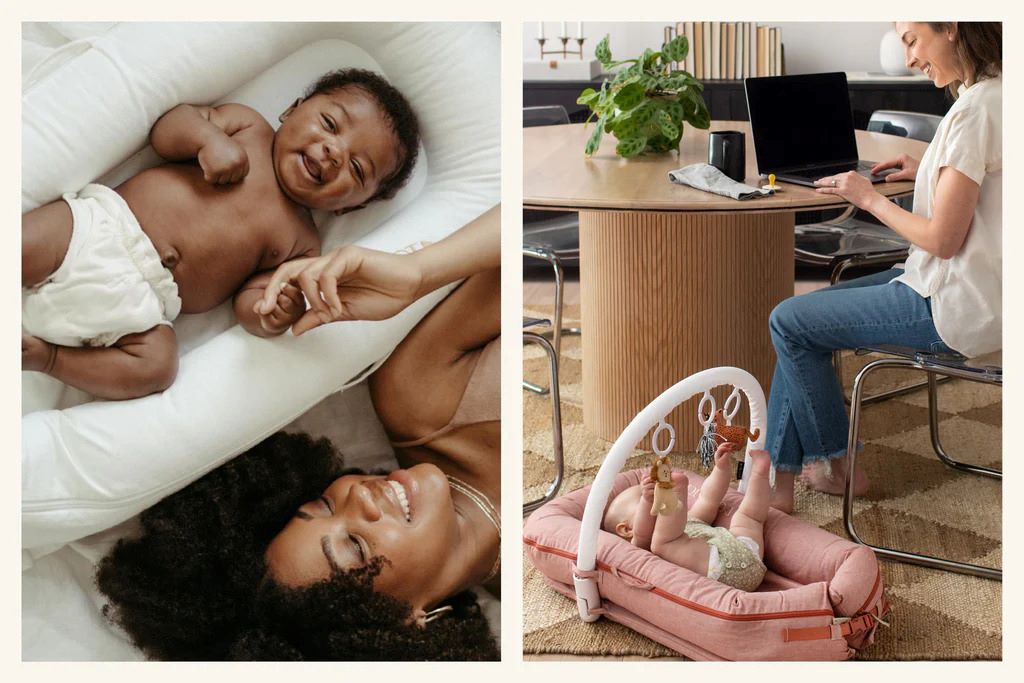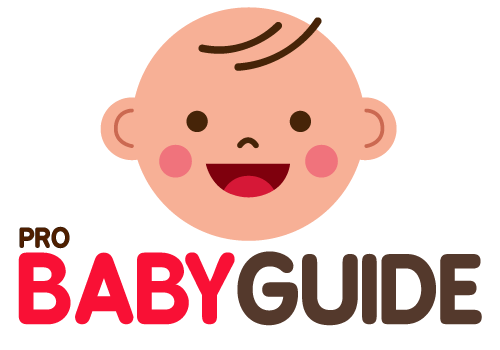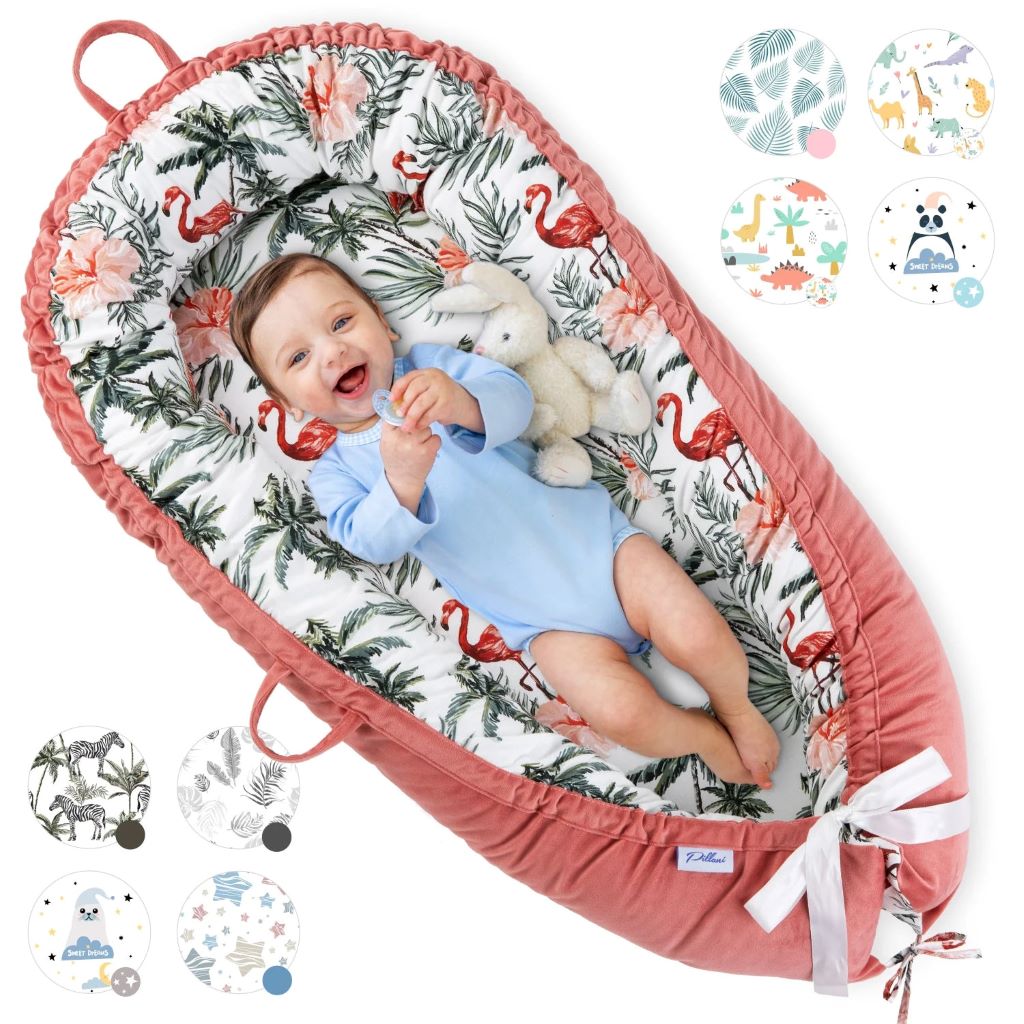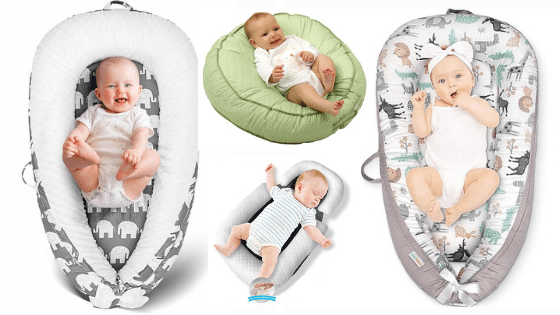Baby loungers have become a popular choice for parents seeking a comfortable and cozy spot for their little ones. While these plush nests can be convenient, ensuring your baby’s safety is paramount. Improper positioning within a lounger can lead to discomfort, restricted breathing, and even developmental concerns. Let’s delve into the essentials of safely positioning your baby in a lounger, backed by expert recommendations and practical tips.
Why Proper Positioning Matters
Babies aren’t miniature adults; their bodies are still developing, and their posture and positioning needs differ significantly. Proper positioning in a lounger:
- Promotes Healthy Breathing: Babies primarily breathe through their noses. Ensuring their airway is clear and unrestricted is essential to prevent breathing difficulties.
- Supports Development: A well-supported spine and a natural posture contribute to healthy musculoskeletal development.
- Enhances Comfort: Correct positioning helps your baby relax and feel secure, leading to better sleep and contentedness.
Step-by-Step Guide to Safe Positioning

- Choose the Right Lounger:
- Opt for a lounger that’s firm, not overly soft or squishy.
- Look for loungers with a slight incline to help prevent reflux.
- Ensure the lounger has a secure harness or strap to keep your baby from rolling out.
- Consider loungers with breathable fabrics to reduce the risk of overheating.
- Place the Lounger on a Safe Surface:
- Always place the lounger on the floor, ideally on a carpeted or cushioned surface.
- Never put the lounger on elevated surfaces like beds, sofas, or tables where it could fall.
- Avoid placing the lounger near pillows, blankets, or other soft items that could obstruct your baby’s breathing.
- Position Your Baby Correctly:
- Lay your baby on their back with their head at the top of the lounger.
- Ensure your baby’s head isn’t tilted forward, which could restrict their airway.
- Check that your baby’s chin isn’t tucked into their chest, as this could also hinder breathing.
- Gently guide your baby’s arms and legs into a natural, relaxed position.
- Secure the harness or strap to keep your baby safely in place.
- Supervision is Key:
- Never leave your baby unsupervised in a lounger, even for a moment.
- Stay within arm’s reach and keep a close eye on your baby’s breathing and posture.
Related: Top 10 best baby lounger (our top pick)
Additional Tips and Considerations:
- Age and Size: Loungers are generally suitable for newborns and infants up to a certain weight or age, typically around 4-6 months. Check the manufacturer’s guidelines for specific recommendations.
- Tummy Time: While loungers are designed for back sleeping, don’t forget the importance of supervised tummy time for your baby’s development.
- Alternative Uses: Some loungers can be used for supervised feeding or playtime, but always follow the manufacturer’s instructions.
- Signs of Discomfort: If your baby appears uncomfortable, fussy, or has difficulty breathing, immediately remove them from the lounger.
Remember: Your baby’s safety is the top priority. If you have any concerns about using a lounger or your baby’s positioning, consult your pediatrician for guidance.
By following these guidelines and prioritizing safety, you can make the most of a baby lounger while providing your little one with a comfortable and secure environment.


